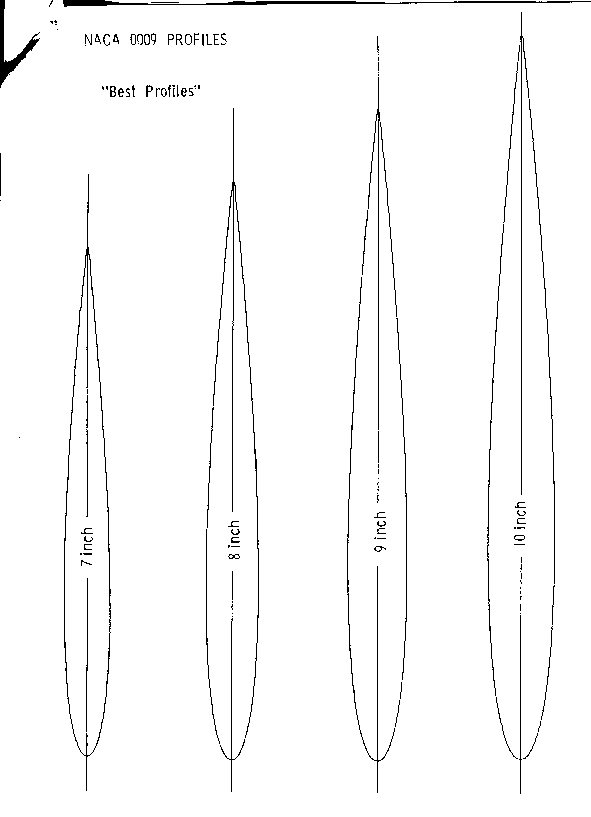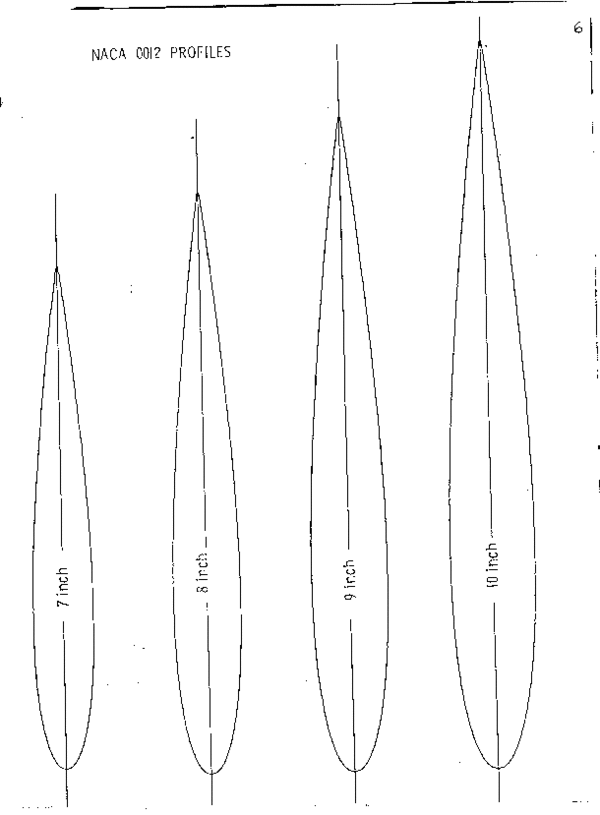by Randy Graves
Now that we have some free time maybe we should “tune up” for spring by making a new rudder. Since the class rules allow an arbitrary rudder, one is faced with what constitutes a good rudder for a wide range of sailing conditions. For moderate to heavy air one needs a larger than normal rudder. Michael McNamara, four-time English National champ, recommends a rudder of approximately 324 square inches (36inches long by 9 inches wide). For most sailing conditions this rudder size is a bit of overkill and a good general purpose rudder can have an area of approximately 270 square inches (30 ” long by 9″ wide or thereabouts). The longer the rudder in relation to its width (aspect ratio) the more efficient it is, but also the more likely you are to strike bottom and ruin the leading edge at the tip, thus losing a great deal of efficiency. The rudder planform shape should be rectangular for ease of construction, although a tapered rudder of ratio 4 (tip width/head width) is best by a small amount. The tip edges should be sharp (squared off) to minimize vortex drag although the modern Ogee tip reduces drag even further the extra added construction difficulty probably does not warrant its construction. The cross sectional profile should be the NACA 0009 for minimum drag although the 0012 and 0015.sections delay stall to higher angles of attack without increasing drag significantly.
The equation for the NACA symmetrical section is:

where:
- t is the thickness in percent (%9 for NACA 0009, 12% for NACA 0012, etc.)
- x goes from zero to one.
Following the article are some plotted profiles ready for use.
NACA 009 Shapes

NACA 0012 Shapes

The rudder can be constructed from a number of materials with wood being the easiest to work with. What kind of wood? For marine applications Port Orford Cedar (hard to get generally) is the best all round wood, but mahogany, sitka spruce and white cedar all produce good results. Be sure the surface finish is hard and smooth, A covering of fine fibreglass (4 Oz. or less) serves well with a good hard surface paint.
